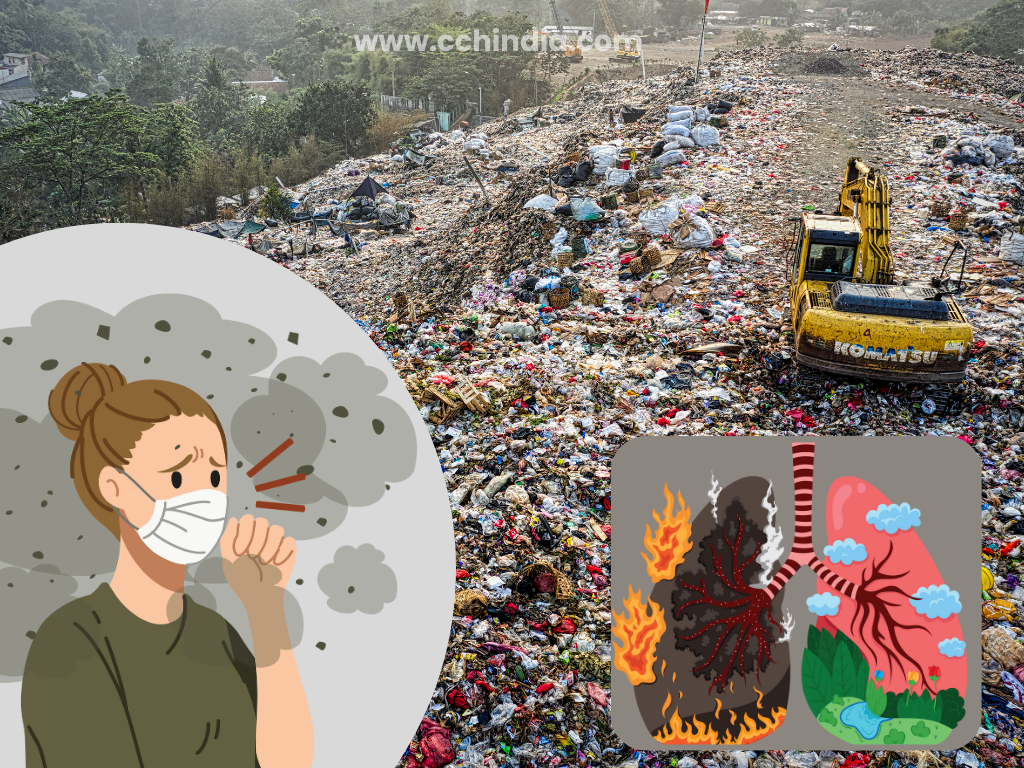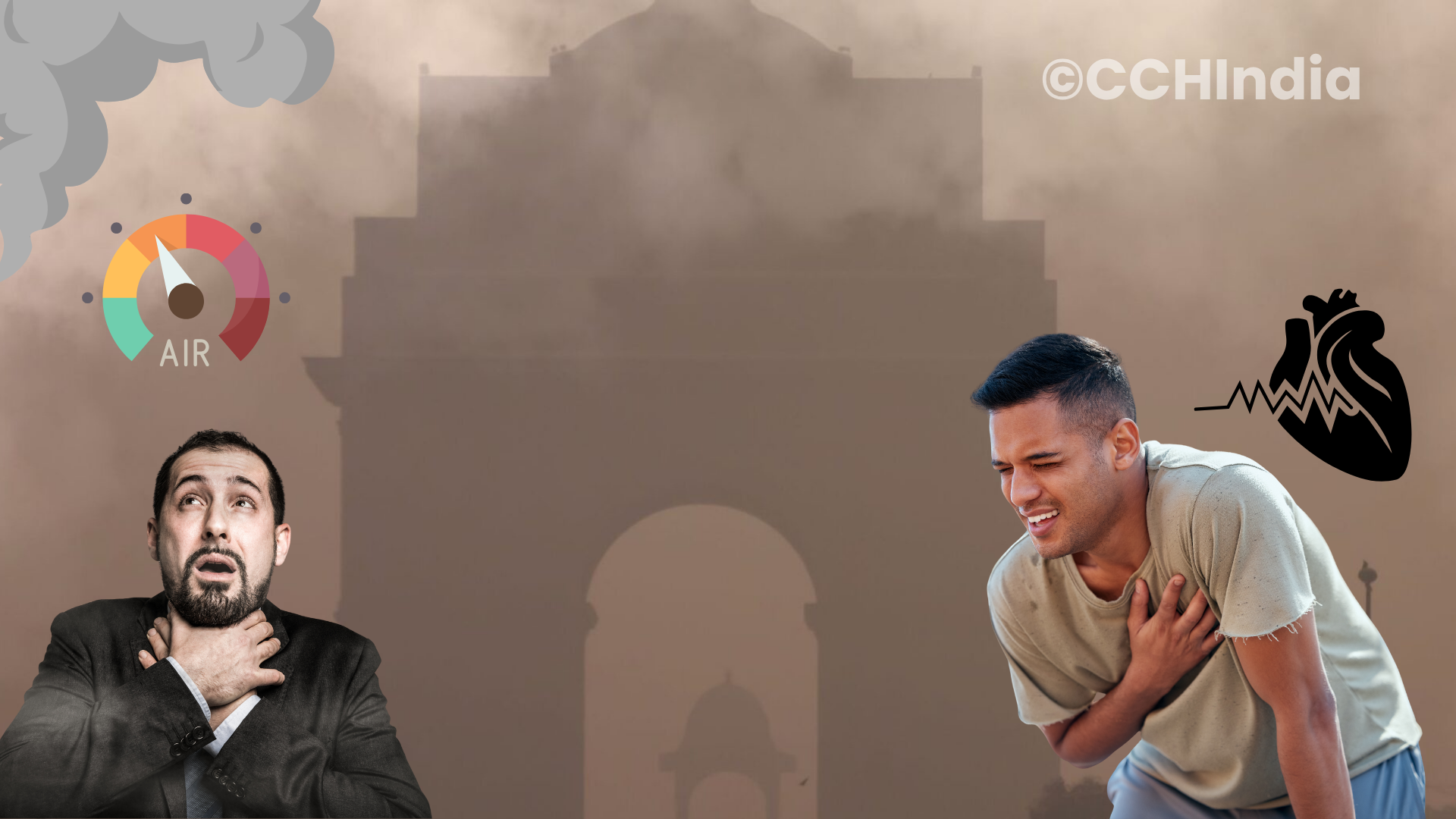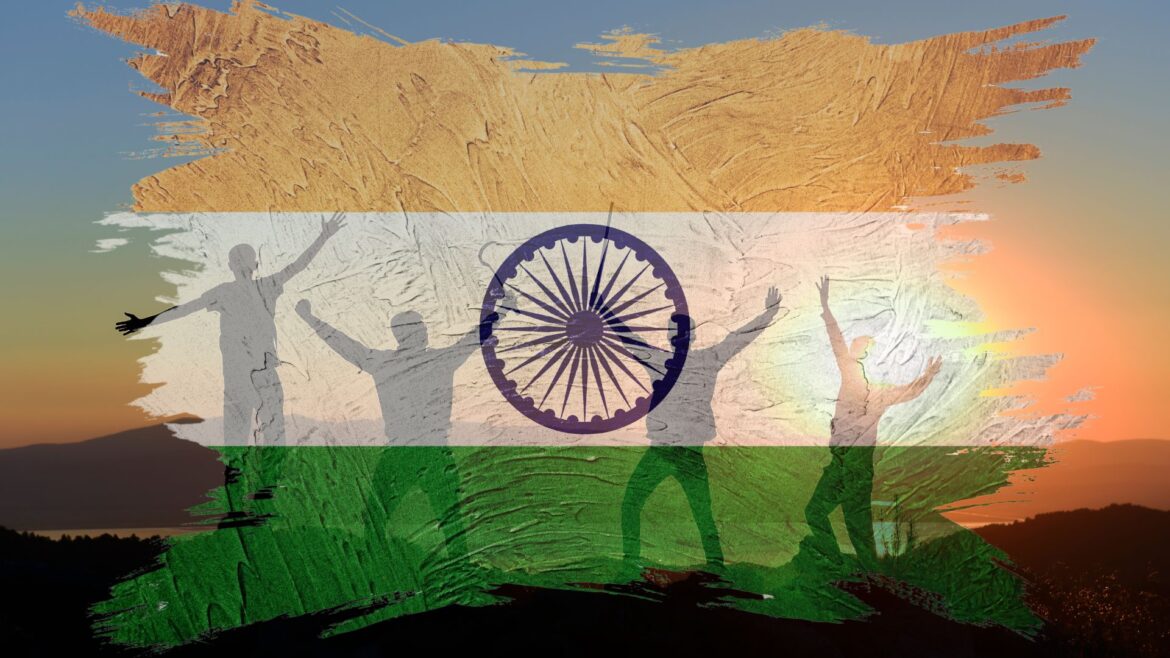A Smoggy Road to Progress
India stands at the crossroads of ambition and reality. With the bold vision of becoming a developed nation by 2047, dubbed Viksit Bharat, the country has begun building roads, ports, smart cities, and digital economies. But there’s an invisible wall India must break through — pollution.
From choking air in Delhi winters to toxic rivers and landfills that resemble mini-mountains, pollution isn’t just an environmental issue anymore. It’s a health crisis, an economic barrier, and a moral challenge. If we don’t clean up our act — literally — the dream of Viksit Bharat will remain just that: a dream.
India’s Triple Threat: Air, Water & Land Pollution
Let’s break it down:
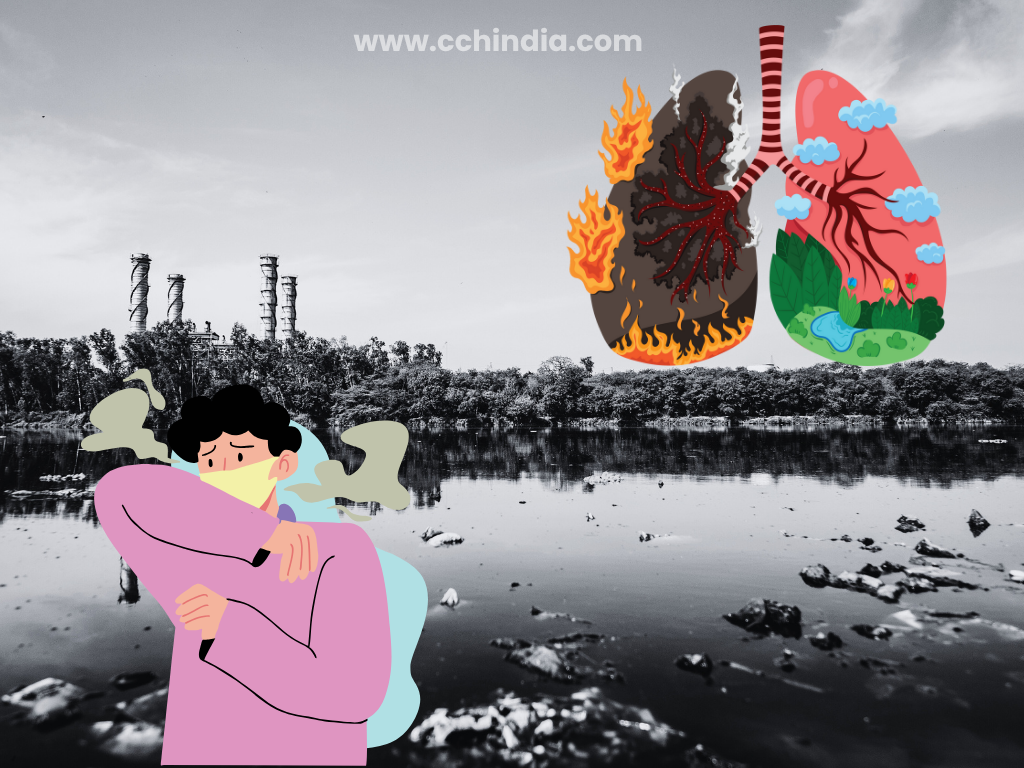
1. Air Pollution: A Daily Health Hazard
Cities like Delhi, Lucknow, and Patna regularly rank among the most polluted in the world. According to recent data, over 1.6 million deaths in India are linked to air pollution each year.
But it’s not just about smog. Air pollution affects everything:
- It reduces crop yields.
- Increases respiratory diseases.
- Impacts child development and even brain health.
Despite policies like the National Clean Air Program, progress has been slow. Until cleaner fuels, better public transport, and stricter emissions laws become non-negotiable, our lungs will continue to bear the cost.
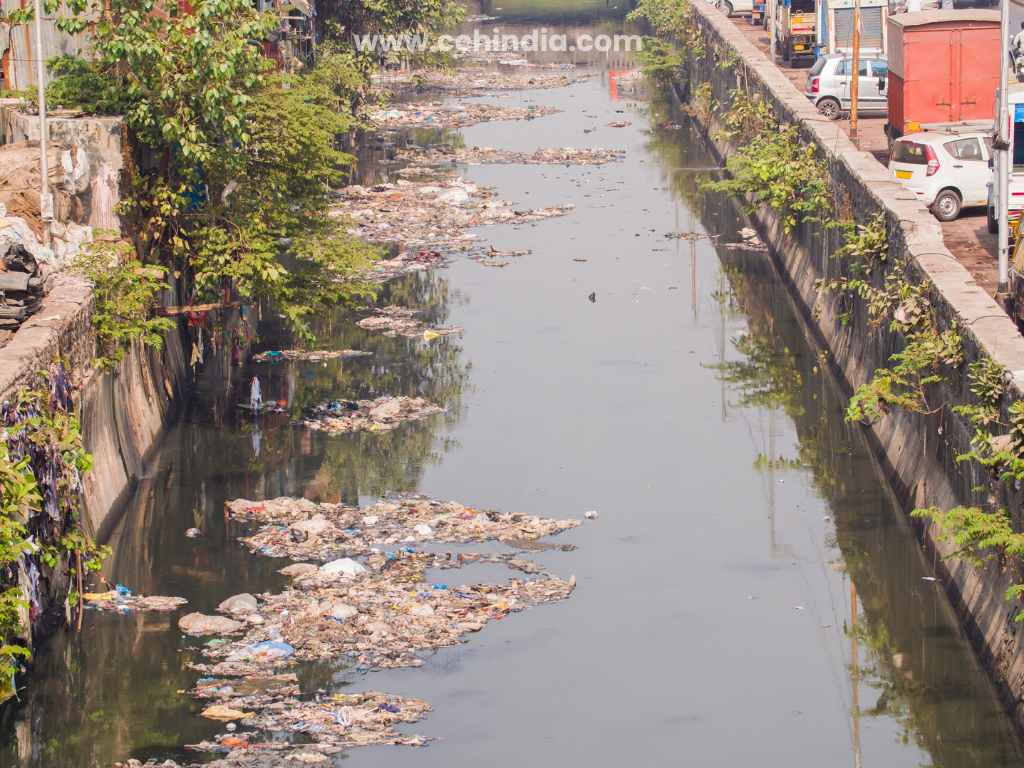
2. Water Pollution: Rivers Can’t Keep Carrying Our Waste
India’s rivers have been worshipped for centuries — but now we’re drowning them in waste. From industrial effluents to untreated sewage, 70% of surface water in India is unfit for drinking.
The consequences?
- Waterborne diseases like cholera and diarrhea.
- Agricultural damage due to toxic irrigation.
- Disruption of aquatic life and ecosystems.
Programs like Namami Gange are steps in the right direction, but enforcement and local accountability are where we fall short.
3. Land Pollution: Mountains of Garbage and Plastic
India generates over 150,000 tones of municipal solid waste daily — much of which ends up in overflowing landfills. Plastic is a major villain, with microplastics now found in soil, water, and even human blood.
Unmanaged waste leads to:
- Soil infertility.
- Harm to livestock and biodiversity.
- Methane emissions from landfills contributing to climate change.
India’s plastic ban was well-intentioned, but without awareness and alternatives, the reality remains grim.
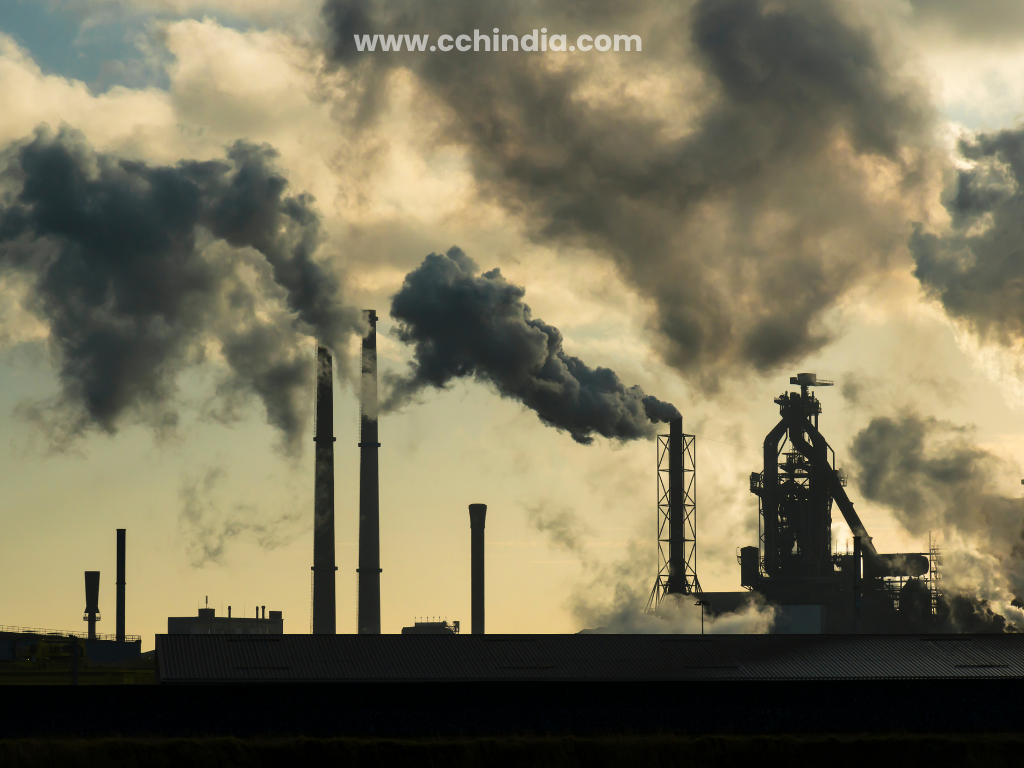
Why Pollution Is a Threat to Viksit Bharat 2047
India's economic goals — higher GDP, better infrastructure, industrial growth — all depend on one thing: healthy people living in a sustainable environment.
Here's why tackling pollution is non-negotiable for Viksit Bharat:
- Health = Productivity: A sick population can’t contribute to growth. Rising healthcare costs due to pollution eat into both public and private finances.
- Clean Environment = Investor Confidence: Global investors today look at sustainability and environmental health. No one wants to build in a toxic zone.
- Youth = Future: India’s demographic dividend becomes a liability if the young are raised in unhealthy environments.
The Way Forward: What Needs to Change
Real change begins with real ownership — from governments, industries, and most importantly, citizens.
Here are actionable ways forward:
- Strengthen Green Laws: Enforce existing pollution control laws with teeth. Penalties must bite.
- Promote Green Innovation: Support startups and businesses working on eco-friendly solutions — from biofuels to biodegradable packaging.
- Involve Communities: Local bodies and citizens must be empowered and educated to protect their ecosystems.
- Educate for Sustainability: Make environment literacy a core part of school curriculums.
- Boost Public Transport & Reduce Vehicle Dependence: Less cars, cleaner air. It’s that simple.
A Cleaner India Is a Stronger India
The vision of Viksit Bharat by 2047 isn’t just about tech parks and bullet trains. It’s about the quality of life for every Indian — clean air to breathe, safe water to drink, and fertile land to grow.
Pollution is the shadow that could darken that vision. But it’s not unchangeable. With collective will, smart policies, and citizen participation, India can turn this crisis into an opportunity — not just to grow, but to grow clean.
Because progress shouldn’t come at the cost of the planet. And development that doesn’t protect life — isn't really development at all.
🌿 Want to see what we’re fighting to protect? Explore the beauty of India — from its majestic mountains to timeless rivers — and understand why this mission matters.


